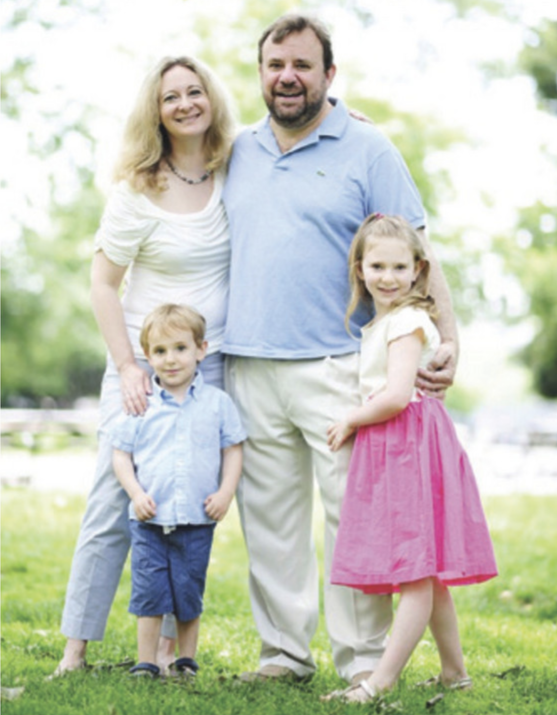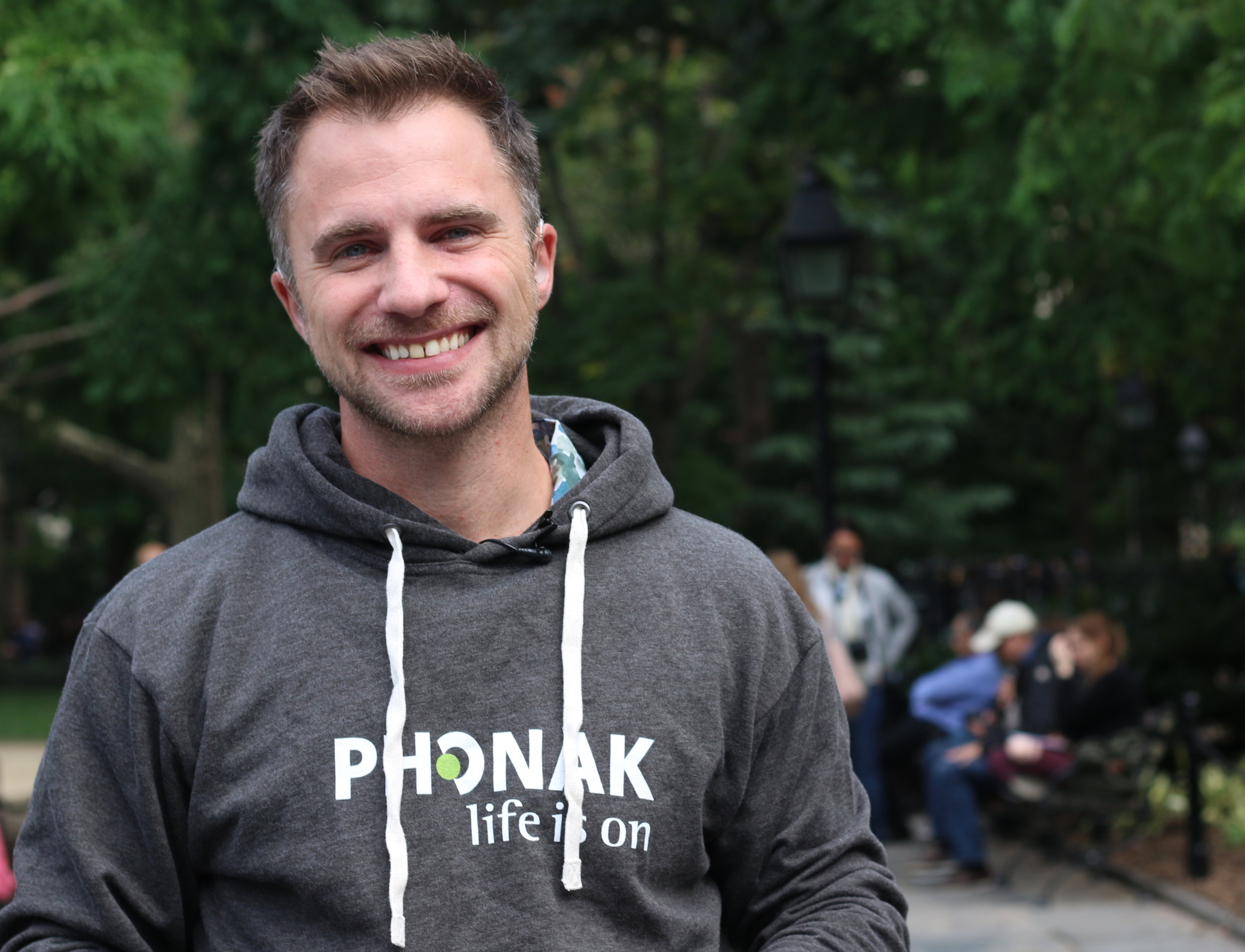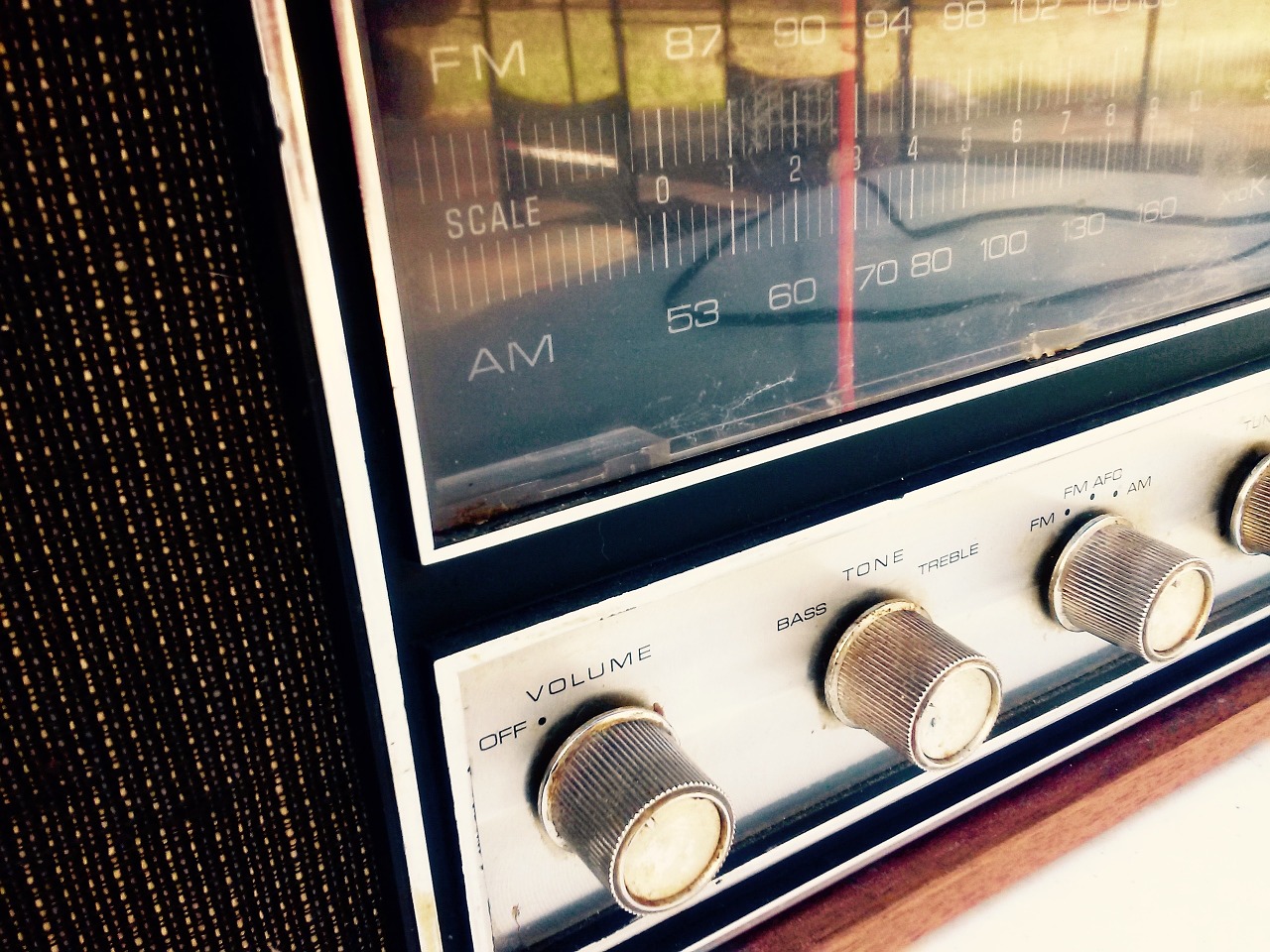By Lisa Peten
Some time ago, I was having a text conversation with a friend who also has bilateral sensorineural hearing loss. When I relayed to her that I am thankful in many ways for the changes that have occurred in having this condition, she was outraged that I would say such a thing. This prompted her to rant 1,001 ways in which her hearing loss is essentially ruining her life.
Despite being 20 years my senior, we share similar emotions in dealing with our late-deafened and hard-of-hearing experiences. Since we are usually so very aligned in our thoughts and emotions, I imagine my appreciation for this condition caused her outrage and to be even more perplexed about my gratitude for this condition. In any event, we hashed through this discussion and came to an “agree to disagree” conclusion which posed a crossroads in our friendship. We closed this discussion with authentic, raw emotion, conjuring up dispassionate experiences which urged persuasion to change the other’s mind. In the end, we were both thankful for the honest sharing and I learned a thing or two more about compassion and empathy.
I learned that “ugly” emotions (i.e. rage, envy, and hate) about being deaf/hard-of-hearing have not been given the time, space, or energy to address them. They are sometimes buried falsely with the perception that these types of emotions are unacceptable. Emotions like helplessness, frustration, and sadness seem to easily find ready support, but the ugly emotions present an elephant in the room never to be acknowledged.
After years of being unsuccessful in burying “ugly” emotions, I found three techniques to love yourself through these moments:
Share Immediately
For a long time I told no one except my family about my hearing challenges. It was too vulnerable an act for me to bare. Nowadays, sharing this detail immediately has had a positive effect on my experiences at restaurants, retail establishments, and even medical visits beyond the ENT and audiologists. Lessons learned along the way has taught me to release the emotions quickly, to avoid an emotional explosion later.
Dispense Energy
When emotions of any kind, especially the ugly, surface, dispensing activity provides another early release. In the past, I would practically run from humiliating situations when hearing incorrectly. Now, I can easily own up to the error and explain my hearing loss. While the embarrassment is still present, it does release my ugly emotions and allow the moment to pass without festering.
Forgive with Compassion
I continue to struggle with others’ reactions to my hearing loss. Eleven years after my diagnosis, I still feel sullen when I communicate with people who I have known before my hearing loss. Often times, after they learn of my hearing loss, they speak louder and unconsciously use body language to essentially ignore me, especially during group conversations. I know this is ignorance or discomfort on their part, but it still hurts. I have learned to fire away compassion for all of us in order to ease these emotionally ugly moments.
I hope the point of contention of my hearing loss someday subsides. However, in the meantime, I will own all emotions associated with my hearing loss, and will remember to extend greater compassion and empathy to those of us who need it when ugly-filled emotions become present.
Lisa Peten is a self-help hearing coach, mind-body empowerment speaker, and health advocate blogger, on a mission to empower health-hungry communities to become more proactive in obtaining nourishing foods and seeking holistic health alternatives. She is the founder of Sound Health and Hearing, a health coaching boutique consultancy. She is also a participant in HHF's Faces of Hearing Loss campaign.
Receive updates on life-changing hearing research and resources by subscribing to HHF's free quarterly magazine and e-newsletter.
















